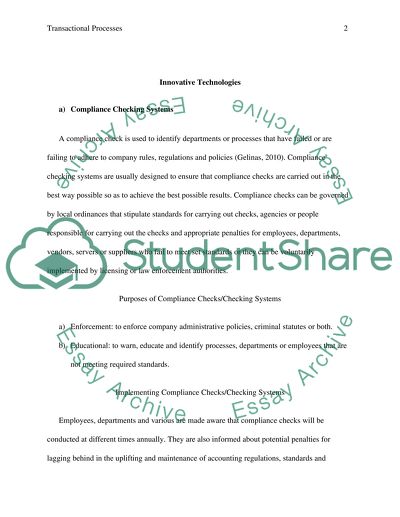Cite this document
(“Improving Transactional Processing in AIS Research Paper”, n.d.)
Improving Transactional Processing in AIS Research Paper. Retrieved from https://studentshare.org/finance-accounting/1452250-improving-transactional-processing-in-ais
Improving Transactional Processing in AIS Research Paper. Retrieved from https://studentshare.org/finance-accounting/1452250-improving-transactional-processing-in-ais
(Improving Transactional Processing in AIS Research Paper)
Improving Transactional Processing in AIS Research Paper. https://studentshare.org/finance-accounting/1452250-improving-transactional-processing-in-ais.
Improving Transactional Processing in AIS Research Paper. https://studentshare.org/finance-accounting/1452250-improving-transactional-processing-in-ais.
“Improving Transactional Processing in AIS Research Paper”, n.d. https://studentshare.org/finance-accounting/1452250-improving-transactional-processing-in-ais.


